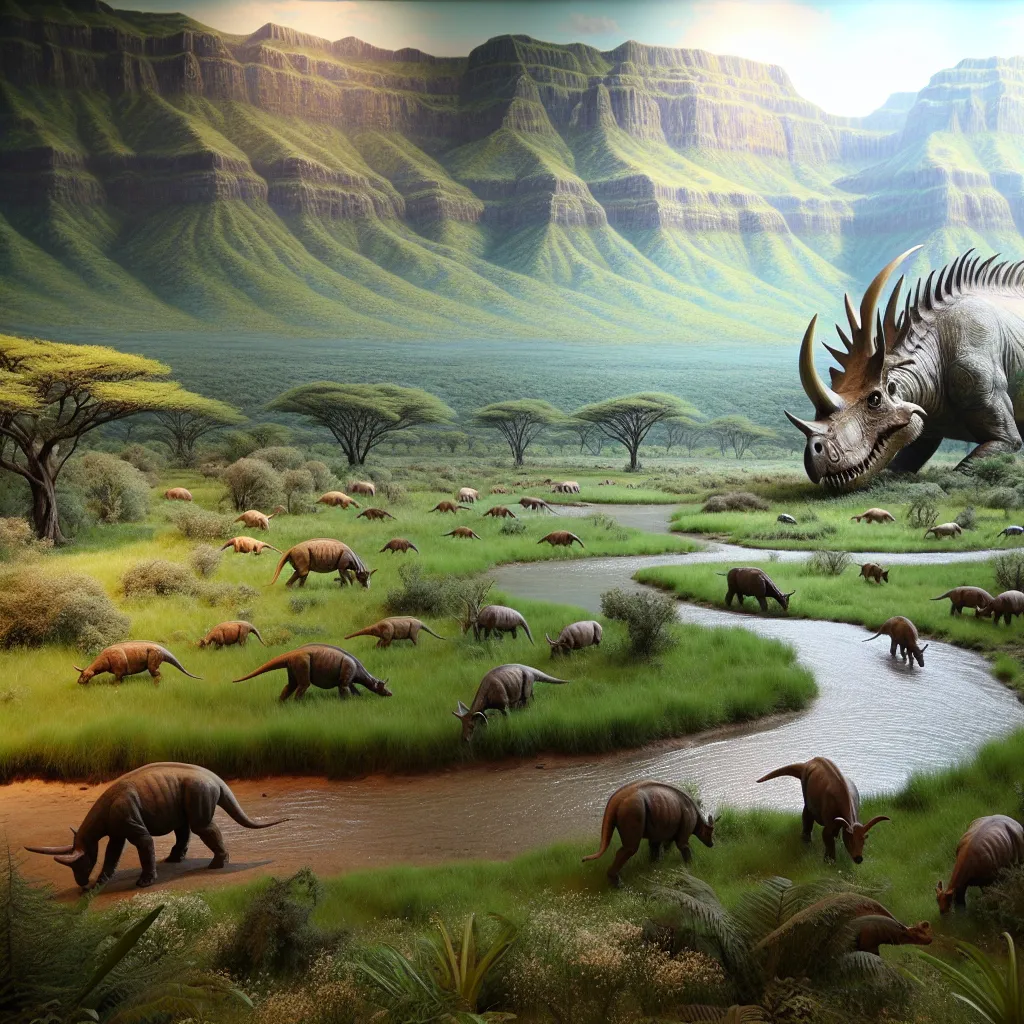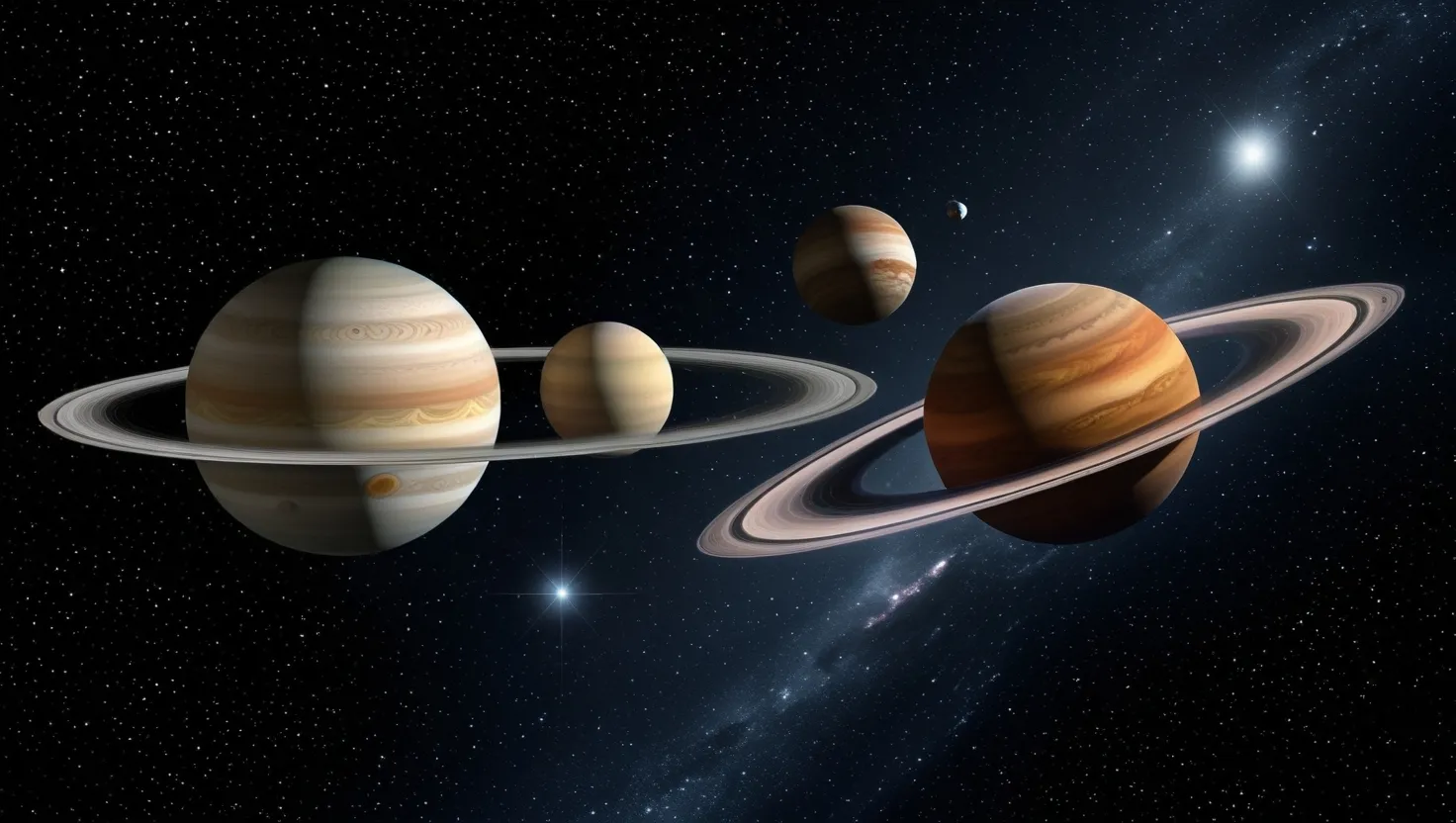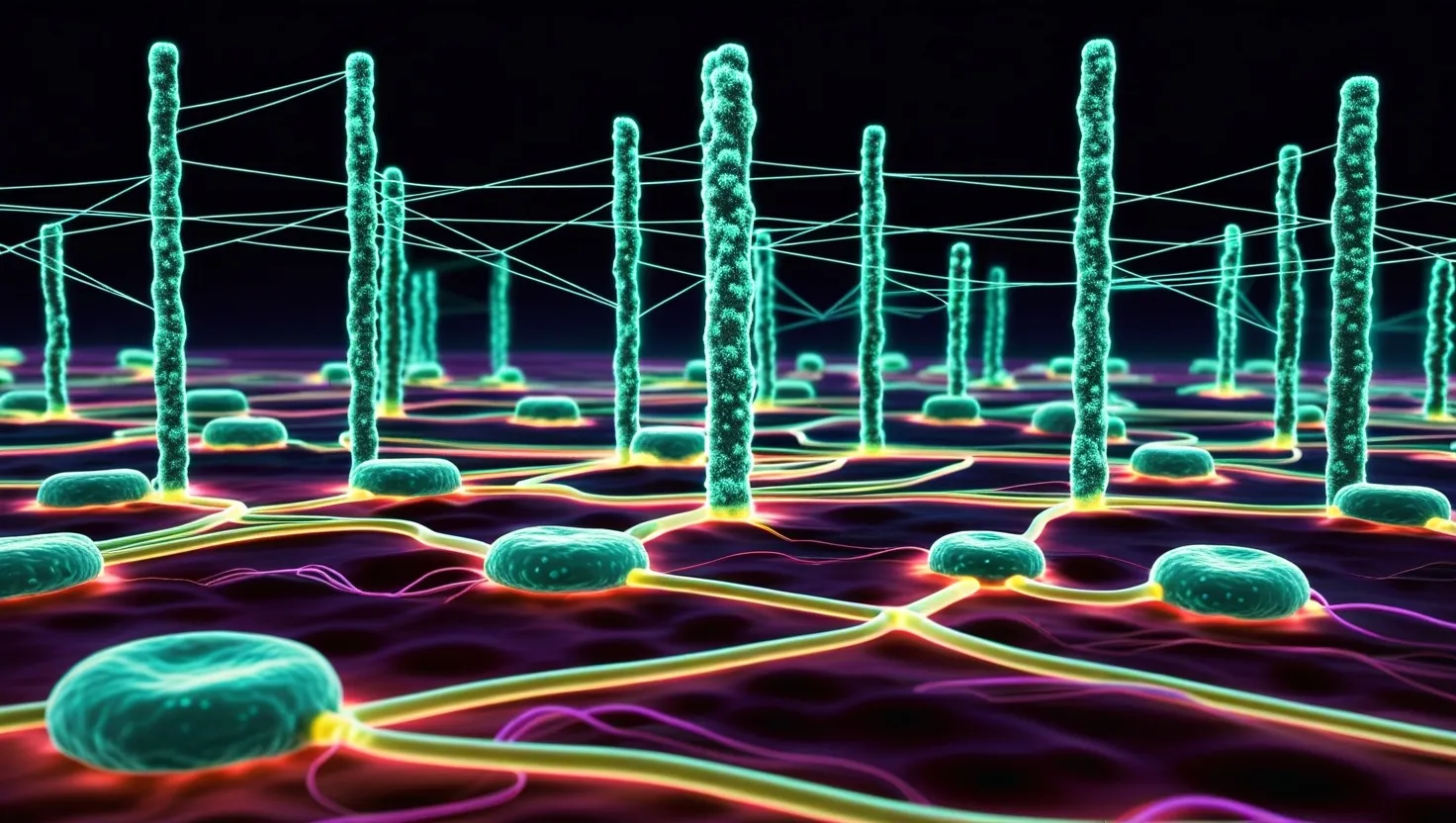I find myself in the Karoo Basin of South Africa, a vast stretch of semiarid scrubland dotted with canyons and flat-topped koppies. Today, it’s a harsh landscape, but 250 million years ago, it was a totally different scene. Back then, rainfall in the surrounding mountain areas fed massive rivers, akin to the size of the Mississippi, that leisurely carved their way through the plains. It was a well-developed and stable ecosystem.
In this lush world, you would find small, plant-eating creatures called diadons scurrying about in the dense vegetation. Herds of cow-sized herbivores known as dicynodonts roamed the plains, grazing peacefully. But not everything was serene. This thriving ecosystem was also the hunting ground for a fearsome predator—gorgonopsian. Over 150 million years before the T-Rex made its debut, gorgonopsian reigned supreme as Earth’s top carnivore, thanks to its serrated, interlocking teeth that made quick work of its prey.
However, this bustling world was short-lived. None of these creatures survived the catastrophic mass extinction. The event was so devastating that it almost obliterated life itself. It’s a stark reminder of how drastically Earth’s landscape and its inhabitants can change over time.






